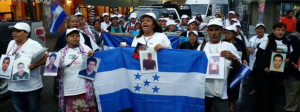
Caravan of Mothers of Disappeared Migrants
Today, we are with mothers and fathers, brothers and sisters from Central America who are searching for their loved ones, who are not in their places of origin, nor their destinations, and

Today, we are with mothers and fathers, brothers and sisters from Central America who are searching for their loved ones, who are not in their places of origin, nor their destinations, and
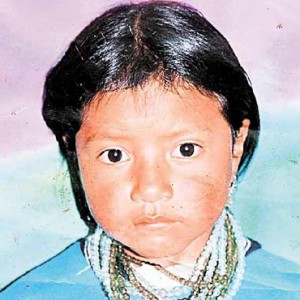
On the official front, a flurry of activity surrounding Nohemi’s death has unfolded in several nations.
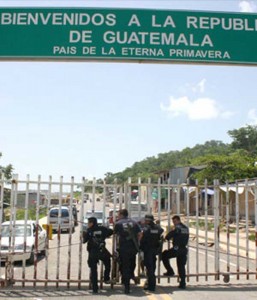
The victims of this extraterritorial policy are Central American migrants who cross every day, seeking to save their lives and their families from the violence and hunger plaguing their countries.
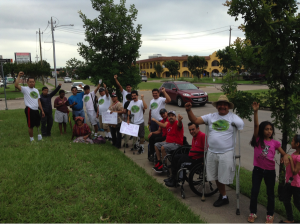
Paradoxically, from their status of limited mobility—both as unauthorized migrants and as individuals with injuries—the members of AMIREDIS demand the rights of human mobility, the right to cross borders with dignity, and
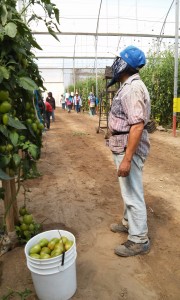
This report developed in the fields of San Quintín about indigenous workers from Oaxaca, Chiapas, Veracruz and Guerrero migrating to agricultural fields to be used as laborers. There is no
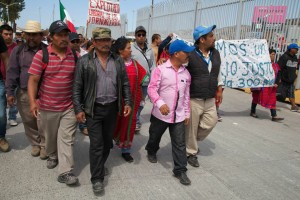
The San Quintín Valley, one of Mexico’s highest producing agricultural areas with a market aimed principally at export, is also one of the places with the most abusive, unsanitary and harmful working
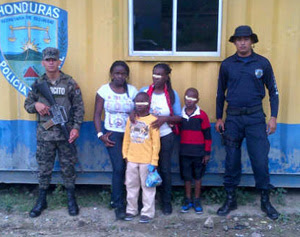
We are a group of social scientists with decades of research experience with the very populations targeted in Biden’s plan. We are painfully aware that Central America’s rural and urban poor need
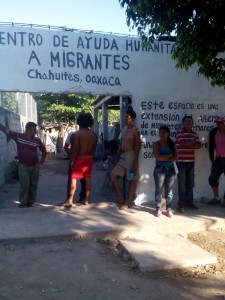
Adrián Rodríguez Garcia and Wilson Castro, who provided food and other aid to migrants in Mexico State were shot to death in their pick-up truck on Nov. 23. A criminal gang
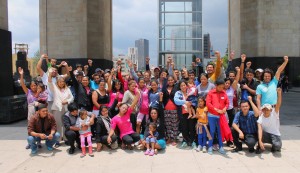
Paola Quiñones, a Honduran migrant, has become an advocate for Central American migrants in Mexico who suffer brutal conditions in their passage through the country. She is part of a group of

Susana (name changed to protect her identity) will have try again to make the journey to the United States with her son Daniel, 16. Both left everything they had in El Salvador